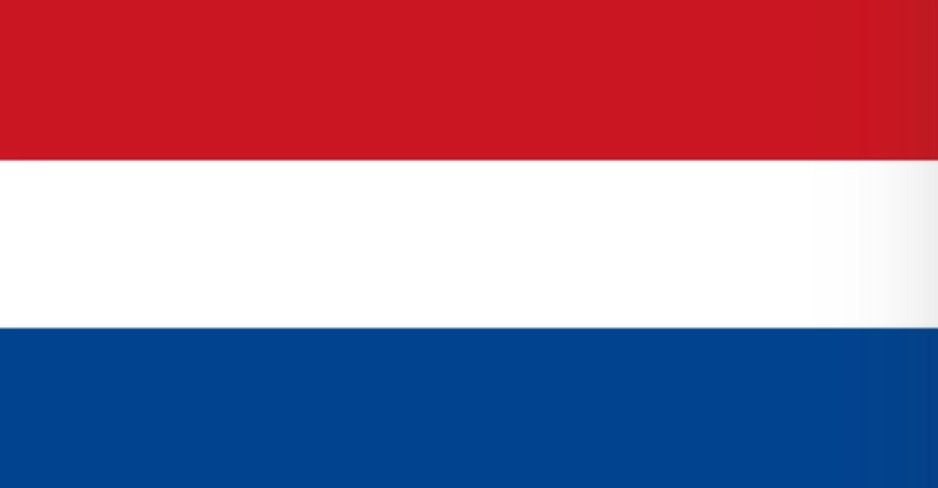- The impact of generative AI on the creative industries
- Human vs. machine
- Legal and ethical concerns
There’s been a lot of talk in recent years about the impact of artificial intelligence (AI) on human labour. While experts are still largely divided on whether this impact will ultimately be positive or negative, whether it will lead to a loss of jobs or create even more new ones, what most of them seemed to agree on is that automation would have little to no effect on creative jobs. For a long time, it was believed that creativity was an exclusively human trait — something no machine was capable of replicating. But then generative AI arrived, turning creative industries on their heads. Practically overnight, people who until then were fully convinced that their jobs would be safe from technological disruption, such as writers, designers, photographers, and filmmakers, found themselves facing an uncertain future. Trained on massive datasets, generative AI solutions like ChatGPT, DALL-E, and Midjourney can produce a wide range of new content — text, images, or audio — within seconds. All you need to do is tell the AI what you want it to create by entering a simple text prompt, sit back, and watch the magic happen.
This simplicity of use resulted in a massive proliferation of AI-generated content on social media platforms, raising many concerns about potential negative impacts on millions of people working in the creative industries. However, although the discussion surrounding generative AI has largely focused on the negatives, the technology could also bring numerous new opportunities. Among other things, it could lead to increased productivity and efficiency, as well as higher profits. As the technology develops further, the number of potential applications is only going to rise. Of course, creative industries won’t be the only ones affected by the rise of generative platforms. According to research conducted by Goldman Sachs, generative AI could potentially automate 26 per cent of work tasks in the arts, design, entertainment, media, and sports sectors. “With generative AI, we’re on the brink of a revolution”, says Matthew Kershaw, vice president of commercial strategy at D-ID. “People are just learning and starting to realise how it can be used. It’s going to turn us all into creators. Suddenly, instead of needing craft skills, needing to know how to do video editing or illustration, you’ll be able to access those things, and actually, it’s going to democratise that creativity”.
With generative AI, we’re on the brink of a revolution…It’s going to turn us all into creators. Suddenly, instead of needing craft skills, needing to know how to do video editing or illustration, you’ll be able to access those things, and actually, it’s going to democratise that creativity”.
Matthew Kershaw, vice president of commercial strategy at D-ID
The impact of generative AI on the creative industries
While generative AI could have a wide range of useful applications in many different fields, it’s probably best suited for those in marketing. For example, Jasper is a marketing-focused version of GPT-3 that can produce all sorts of customer-facing content, including social media posts, ads, web copy, blogs, and sales emails. Although primarily used by individuals and small businesses, it’s proven very useful for larger companies like VMWare as well. Writers working at this cloud computing company often use Jasper to produce emails, social media copy, product campaigns, and other marketing content. On the other hand, companies like Heinz and Nestle have already used image-generation tools like DALL-E 2 in their marketing campaigns. Similarly, the clothing company Stitch Fix is exploring the possibility of using DALL-E 2 to create visualisations of clothing based on customer demands, while Mattel is using it to produce images for toy design and marketing.
The generation of computer code is another area where generative AI has proven rather effective. For example, GPT-3 has a programme specifically trained for code generation called Codex, which is capable of producing code in more than a dozen programming languages in response to a simple prompt written in natural language. But that’s not all. More recent versions of Codex can even identify bugs in their own code and fix them, as well as explain what the code is supposed to do. However, according to Microsoft, Codex is not actually meant to replace human programmers but make their jobs easier by improving their speed and effectiveness. After experimenting with Codex for several months, Deloitte found that it can increase the speed of code development by as much as 20 per cent.
Generative platforms could also facilitate the development of the next generation of chatbots, which will have a much greater understanding of conversation and content awareness. A prime example of these chatbots of the future is Facebook’s BlenderBot, which is capable of holding long conversations without losing context. Companies could also use generative AI for knowledge management, whether it’s in the form of text, image, or video. For instance, Morgan Stanley is experimenting with using GPT-3 to help its financial advisors get answers to any wealth management-related questions they might have.
Human vs. machine
There is no doubt that some generative AI models can already produce some very impressive results, even if the technology is still in relatively early stages of development. But how do they compare to the products of the human mind? A group of researchers set out to answer this question by comparing the quality and quantity of ideas produced by 100 human participants to those produced by five generative AIs. For comparison, the researchers used the Alternative Uses Test, which assesses divergent thinking abilities by asking participants to come up with creative uses for a common object. The responses were then evaluated both by humans and by an AI trained specifically for that purpose. The results showed that there wasn’t that much of a difference in creativity between humans and AI in terms of originality and fluency, with less than 10 per cent of human participants receiving higher scores than GPT-4.
Does this mean that the creative industry is coming to an end? Will human artists be replaced by their artificial counterparts? Not necessarily. A more likely scenario will see humans working alongside generative AI. Instead of replacing human creativity, the technology will augment it and automate certain parts of the creative process. “It’s no longer about a generative model that creates a realistic picture. It’s about making something that you created yourself. Technology should serve our need to have agency and creative control over what we do”, says Douglas Eck, principal scientist at Google Research. In fact, this future may be closer than most people think. An artist named Jason Allen recently won a digital photography contest with an image created with the help of Midjourney. However, it’s worth noting that he did more than just enter a text prompt into the generative model. According to Allen, he spent more than 80 hours working on the image, creating hundreds of versions and manipulating them using various digital tools until he was satisfied with the final product.
Some industry experts argue that generative AI can’t actually be considered creative, at least not in the true sense of the word. It’s simply doing what it was programmed to do. “It is hard to deny that the software produced authentic artwork, and yet the AI did not feel anything while creating it, nor did it draw upon any inherent artistic sensibilities”, writes Louis Rosenberg, a computer scientist and CEO of Unanimous AI. The same applies to text generated by AI. Yes, it often reads smoothly and uses effective, colourful language. It may even succeed in evoking genuine emotions in the reader. However, as impressive as the end result may be, the AI itself doesn’t have a true understanding of what it created or of the emotions the reader may be feeling.
“I think more interestingly for me are not the jobs that are replaced but the jobs that are empowered with strong tools that give you a research assistant at your side, or an editor at your side, and suddenly you as a creative content generator can be just so much more creative”.
Yoav Shoham, co-founder and co-CEO at AI21 Labs
Legal and ethical concerns
As is often the case with emerging technologies, generative AI raises numerous legal and ethical concerns. Probably the biggest issue associated with the use of this technology revolves around intellectual property rights. Technically, the text and images generated by AI are original. But does this mean that the rights to them belong to the person who entered the prompt? Should they be protected by copyright laws? After all, none of it would have been possible without the text and images the models were trained on. And those usually belong to someone else.
There are also concerns that generative AI could lead to the proliferation of deepfakes. Before this technology arrived on the scene, it took a considerable amount of computing skill to create a deepfake. Now, almost anyone can do it with just a couple of clicks. This could make it increasingly difficult to differentiate between what’s real and what’s fake in the future. For instance, Microsoft recently announced that it has developed a new AI-based app called VALL-E, which is capable of accurately simulating a person’s voice when given a 3-second recording of that person speaking.
Another frequently voiced concern — which we already touched upon briefly in the previous chapter — is that generative AI could result in a massive loss of jobs, especially in the creative industries. However, many experts disagree with this notion, predicting that the technology will actually create more new jobs and make workers more productive. “I think more interestingly for me are not the jobs that are replaced but the jobs that are empowered with strong tools that give you a research assistant at your side, or an editor at your side, and suddenly you as a creative content generator can be just so much more creative”, says Yoav Shoham, co-founder and co-CEO at AI21 Labs.
Closing thoughts
The potential impact of generative AI on organisations and individuals alike extends far beyond the few examples mentioned here. One might say they are just the tip of the iceberg. In the near future, it might become the norm for this technology to generate the majority — if not all — of our written and visual content. Imagine receiving first drafts of emails, letters, articles, computer programmes, reports, blog posts, presentations, videos, and more, all crafted by AI and just waiting for you to apply the finishing touches. It would do wonders for your productivity. While this advancement would undoubtedly raise questions about content ownership and intellectual property protection, it would also revolutionise the realms of knowledge and creative work. Considering the rapid progress of generative AI models since their inception, we can only begin to fathom the countless opportunities and implications they will bring forth as they develop further.
Share via:


